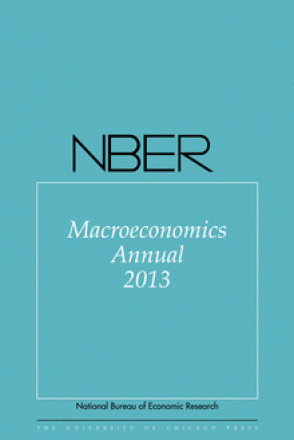Shocks and Crashes

You may be able to download this chapter for free via the Document Object Identifier.
Three shocks, distinguished by whether their effects are permanent or transitory, are identified to characterize the post-war dynamics of aggregate consumer spending, labor earnings, and household wealth. The first shock accounts for virtually all of the variation in consumption; we argue that it can be plausibly interpreted as a permanent total factor productivity shock. The second shock, which underlies the vast bulk of quarterly fluctuations in labor income growth, permanently reallocates rewards between shareholders and workers but leaves consumption unaffected. Over the last 25 years, the cumulative effect of this shock has persistently boosted stock market wealth and persistently lowered labor earnings. We call this a factors share shock. The third shock is a persistent but transitory innovation that accounts for the vast majority of quarterly fluctuations in asset values but has a negligible impact on consumption and labor earnings at all horizons. We call this an exogenous risk aversion shock. We show that the 2000-02 asset market crash and recession surrounding it was characterized by a negative transitory wealth (positive risk aversion) shock, predominantly affecting stock market wealth. By contrast, the 2007-09 crash and recession was characterized by a string of large negative productivity shocks, as well as positive risk aversion shocks.
-
-
Copy CitationMartin Lettau and Sydney C. Ludvigson, NBER Macroeconomics Annual 2013, Volume 28 (University of Chicago Press, 2013), chap. 5, https://www.nber.org/books-and-chapters/nber-macroeconomics-annual-2013-volume-28/shocks-and-crashes.Download Citation
-


